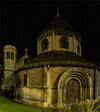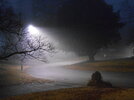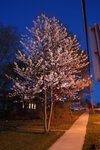(Thread title compliments of C.S. Lewis in The Pilgrim's Regress) Human vision transitions from color to monochrome (cones to rods) as light levels fall. But in low light the colors are still there, we just can't see them---but film and electronic sensors can! (Though film exhibits "reciprocity failure" that must be compensated-for.) And the diffuse lighting conditions after sunset or in deep shadow can be particularly complimentary of a subject. This thread will explore color photography that, through long exposure time, reveals color during sun-down times or in deep shadow, color that was not perceivable to the naked eye. As an "appetizer", I give you a shot from the depth of the Mee Canyon "alcave" in extreme western Colorado, deep within the canyon wall where all available light is bounced off the opposite canyon wall or off the floor near its mouth---i.e. multigenerational bounce light.
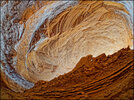


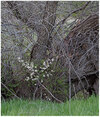
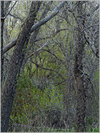
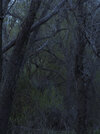



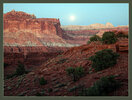
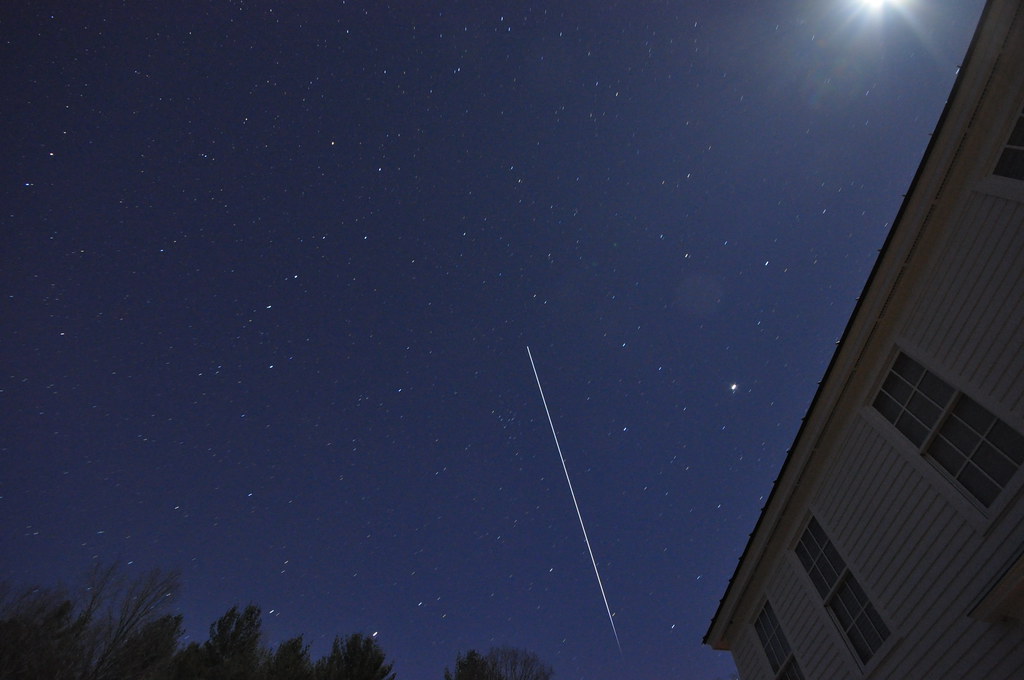 069
069 003
003 DSC_5367
DSC_5367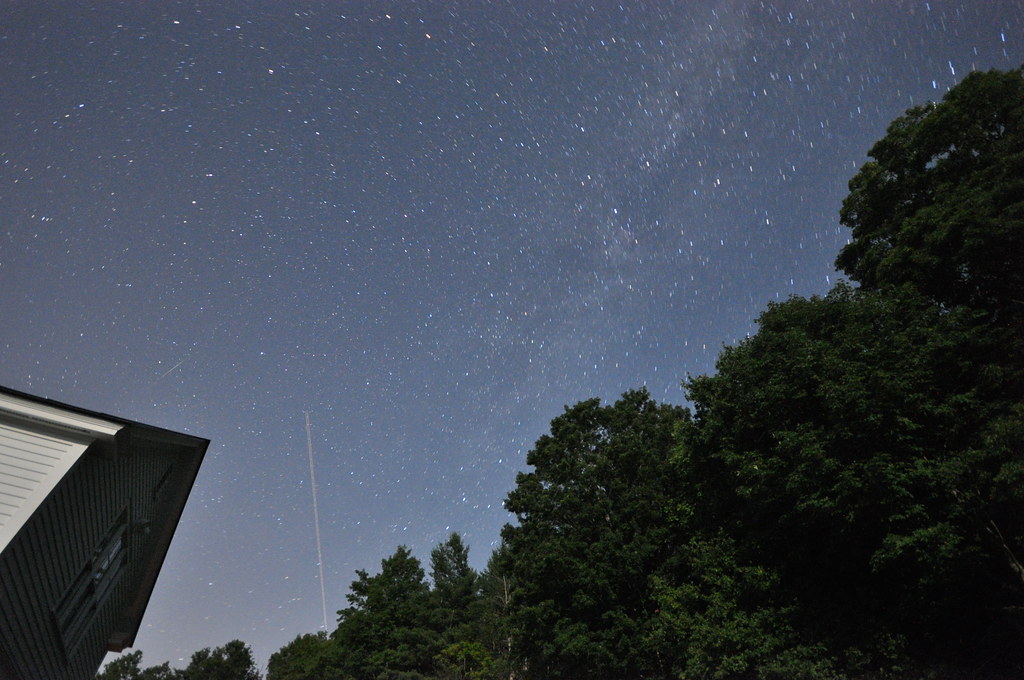 DSC_5376
DSC_5376 DSC_0529 (2)
DSC_0529 (2) DSC_0515 (2)
DSC_0515 (2) DSC_0516 (2)
DSC_0516 (2)

 DSC_6541s
DSC_6541s
